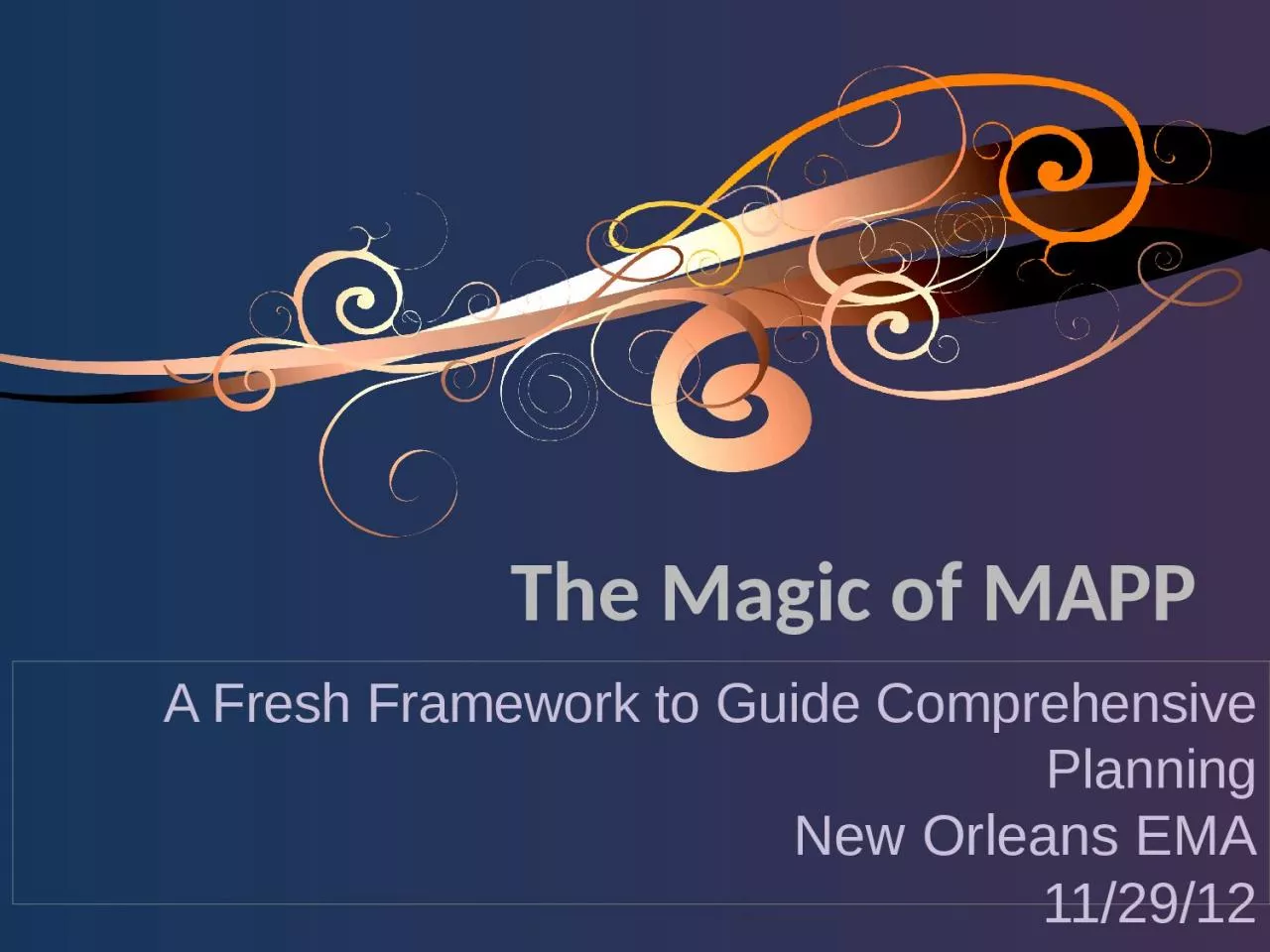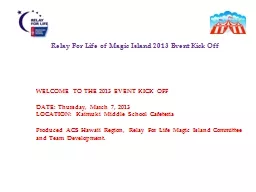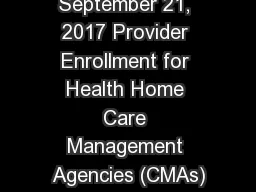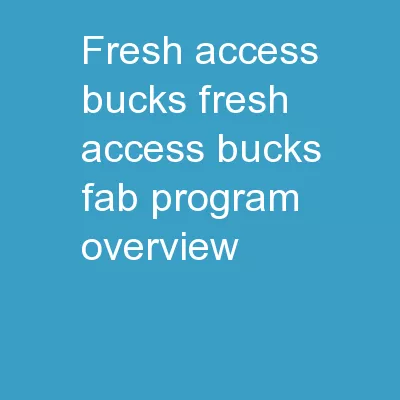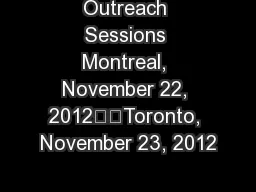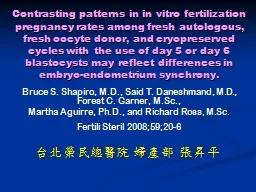PPT-The Magic of MAPP A Fresh
Author : pagi | Published Date : 2024-02-09
Framework to Guide Comprehensive Planning New Orleans EMA 112912 Presenters FRAN LAWLESS Director City of New Orleans Health Department Office of Health Policy
Presentation Embed Code
Download Presentation
Download Presentation The PPT/PDF document "The Magic of MAPP A Fresh" is the property of its rightful owner. Permission is granted to download and print the materials on this website for personal, non-commercial use only, and to display it on your personal computer provided you do not modify the materials and that you retain all copyright notices contained in the materials. By downloading content from our website, you accept the terms of this agreement.
The Magic of MAPP A Fresh: Transcript
Download Rules Of Document
"The Magic of MAPP A Fresh"The content belongs to its owner. You may download and print it for personal use, without modification, and keep all copyright notices. By downloading, you agree to these terms.
Related Documents

